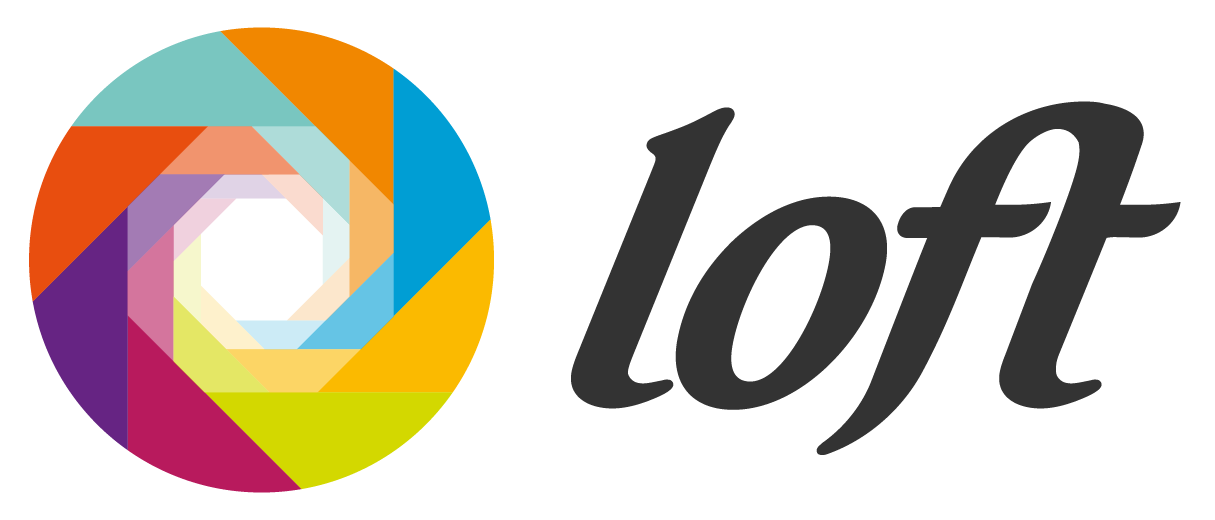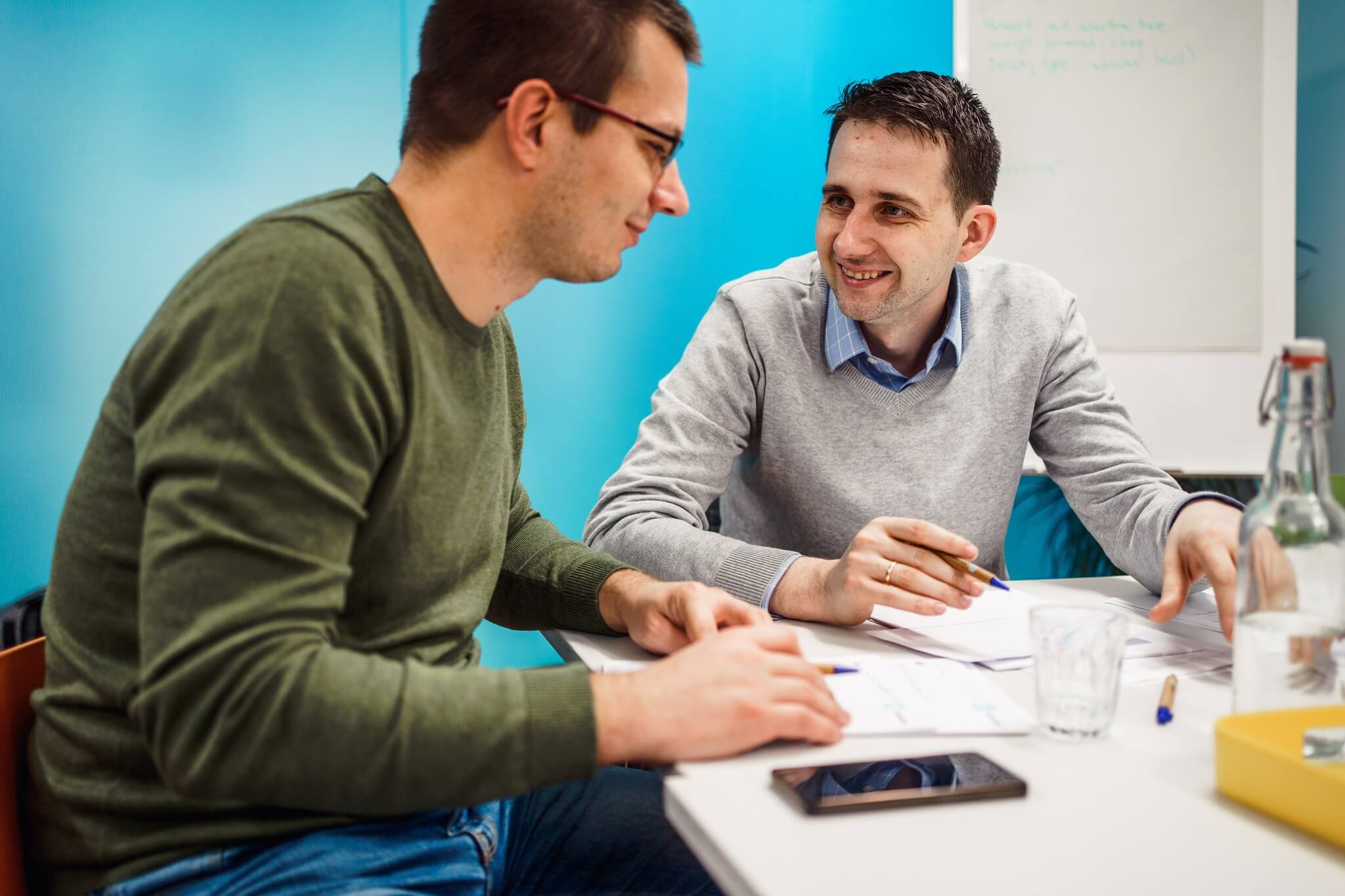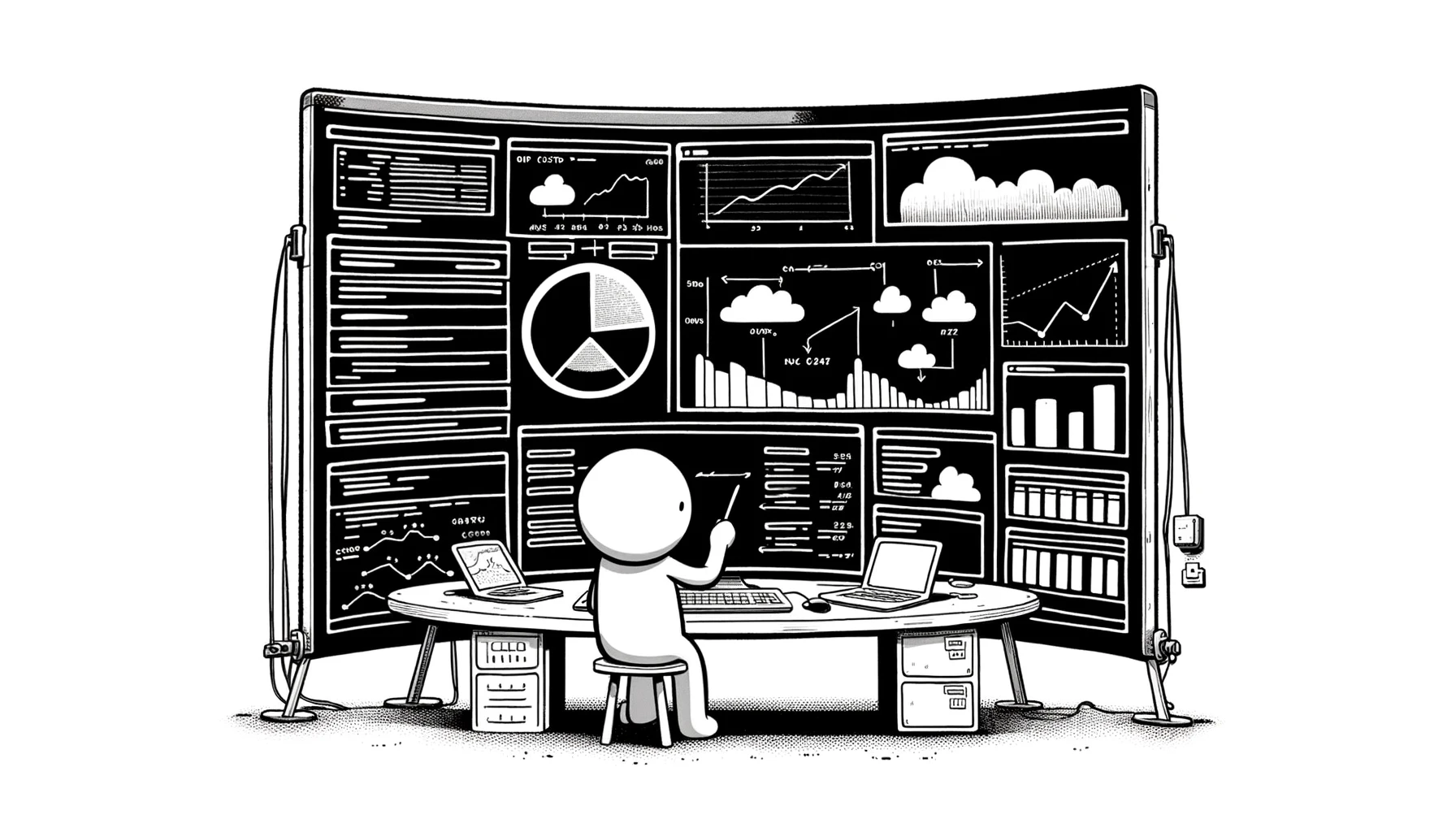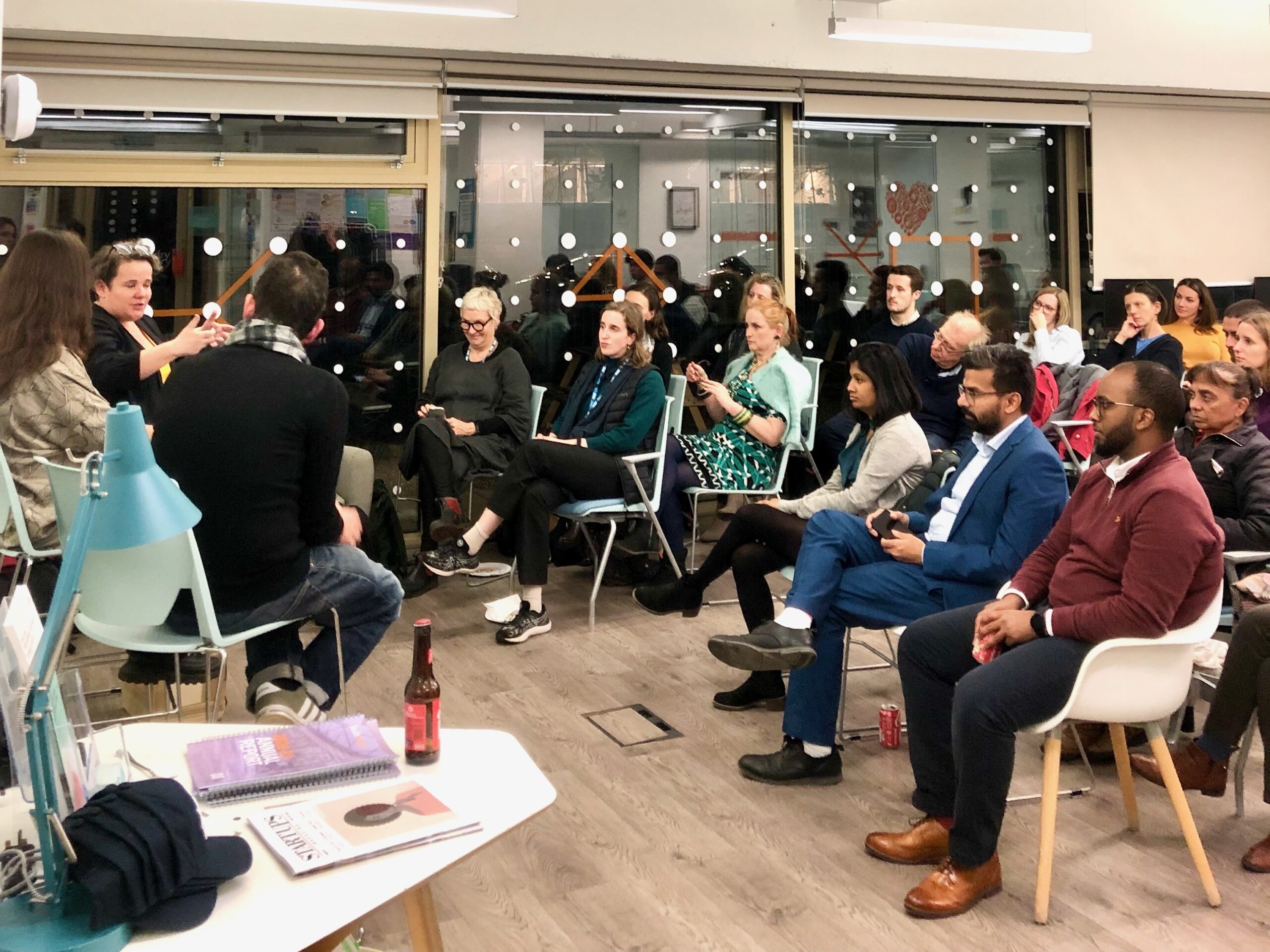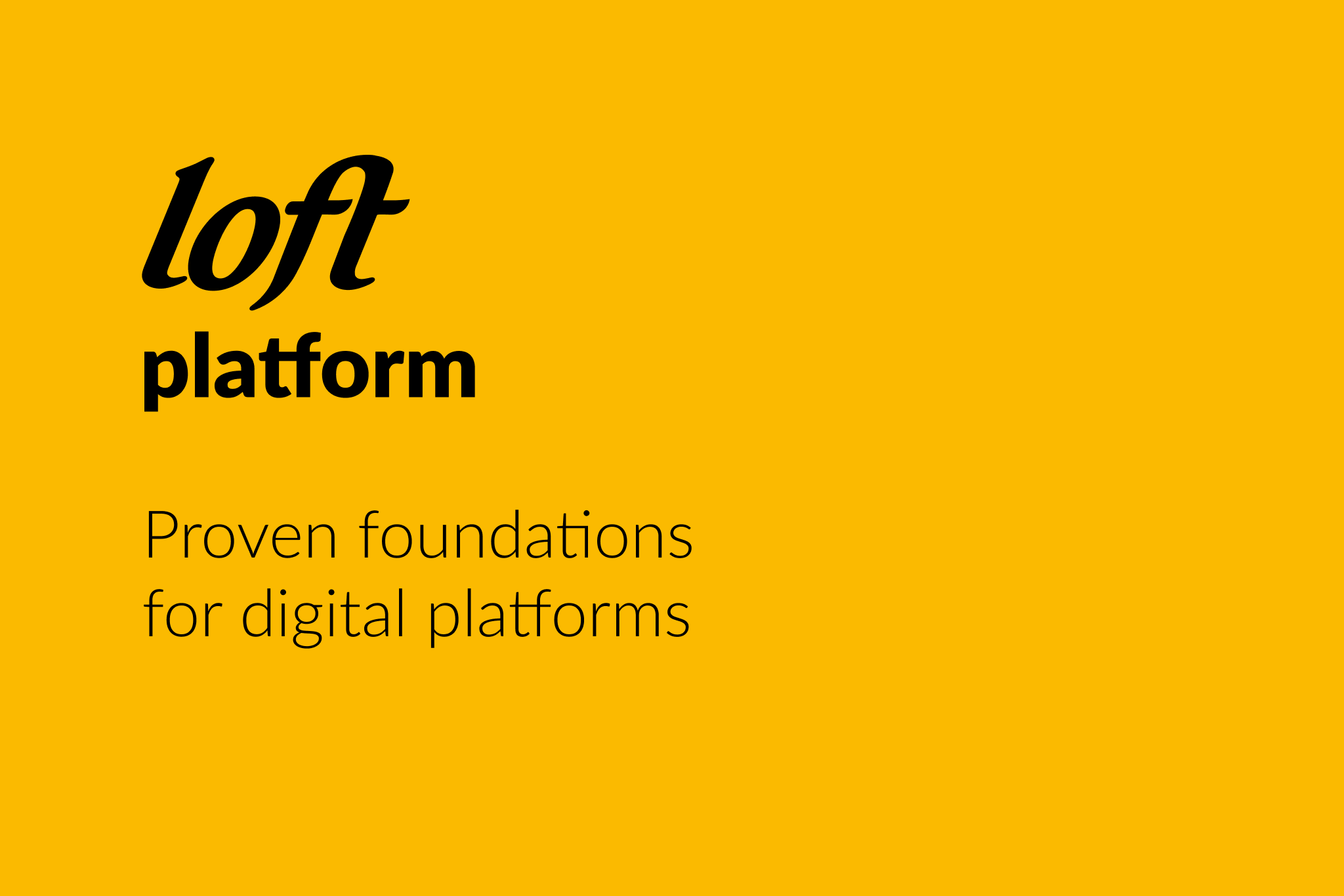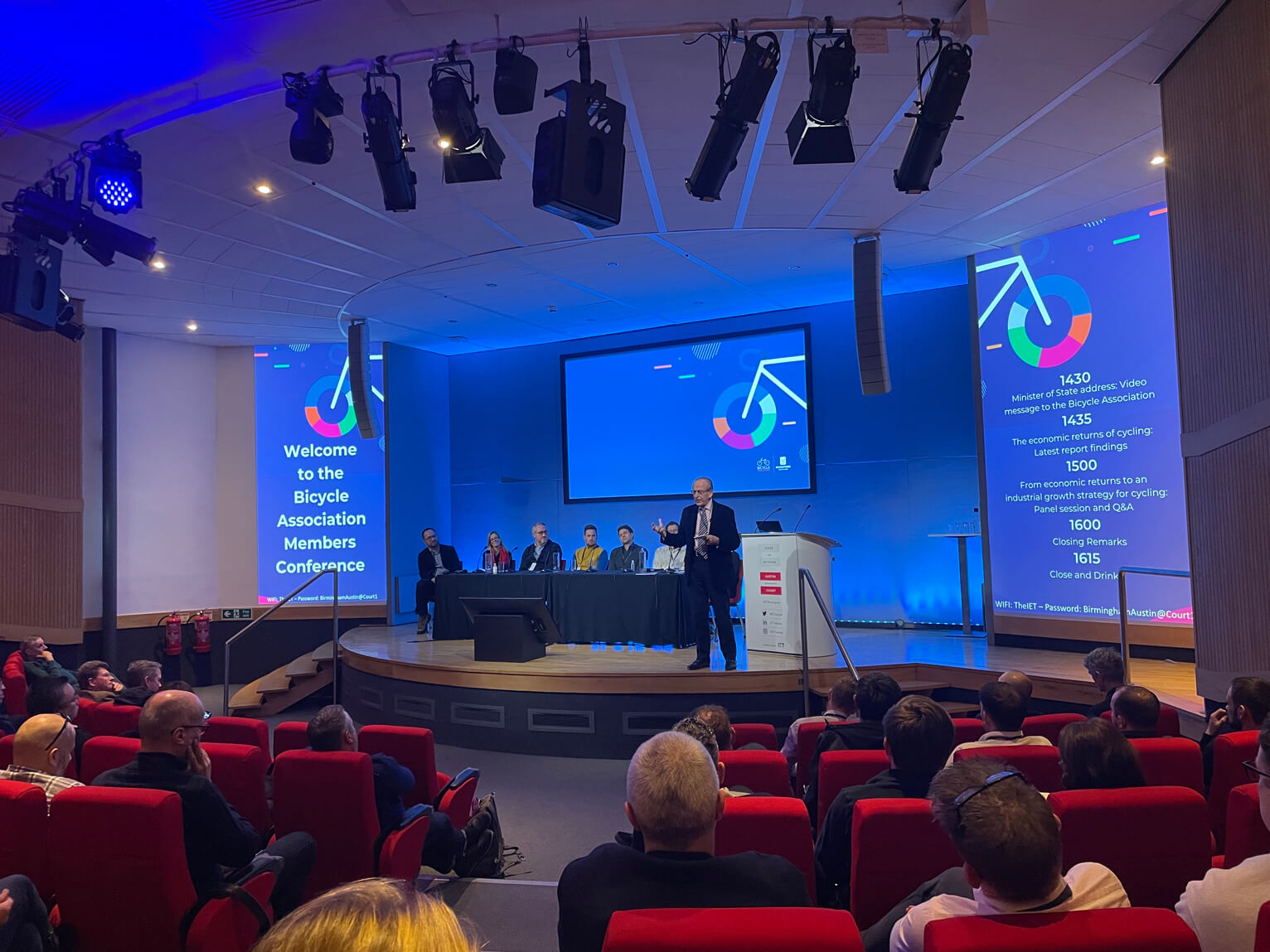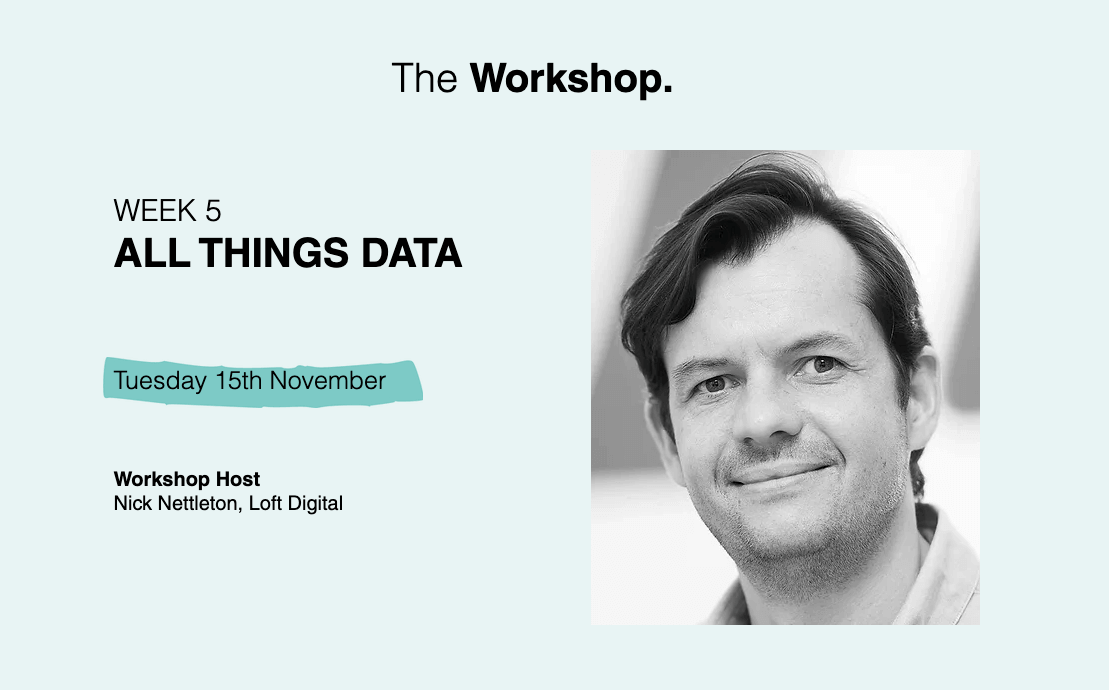At Loft we work closely and collaboratively with our clients, to understand their wider goals as well as what they need from the technology we build for them.
That’s why workshopping is such an important part of our process. We see it as a critical early step in any successful project.
First of all, it helps everyone involved to gain a clear understanding of what the project is and what problems it will solve. Our client, developers, designers and project managers will all look at the brief through a different lens and apply their specialist expertise. This helps ensure we all share the same understanding of the project and its vision.
Secondly, workshopping is vital for planning. From a creative point of view, it helps ensure the project runs smoothly – less stress, more innovation. From a financial point of view, effective workshopping will help us determine how we will deliver the requirements on time and on budget. In short, it can help us develop a better product, and save you money.
Establishing the requirements
Typically our clients have a good idea of what they want but getting a full understanding of that idea and putting it into a blueprint that we can build from often requires a lot of targeted discussion. Some of the questions we want to answer include:
Who are the users?
Who are the users as you understand them, what are their relationships with each other, and what problem are we trying to solve for them? Understanding the answers to these questions will affect how we design the architecture that underpins the system, it will guide how the UI is designed, and it will help us to see where potential challenges may lie.
Sometimes, workshopping will identify users that weren’t considered within an initial concept. It may also point towards what user research needs to be carried out so that the technology we create is truly user-centric. Whether it’s healthcare, finance or sustainable transport, users must be our first consideration.
What will make the product viable?
Specifying a complex application is a huge, multifaceted task. So, it’s important during workshopping that we figure out how everything will fit together, identify what external systems the application may need to integrate with and how they work, and recognise where compliance or security issues may arise and how to mitigate them.
Scoping out and building everything in one go is nearly always a bad idea. Workshopping helps us prioritise the core features and functionality of a new technology, and to keep the project manageable and achievable. This is more complex than separating the essentials from the nice-to-have elements, but it is important to focus on the things that will result in a marketable product that can be tested and built upon as the technology is developed. A project will always grow and evolve.
What is the right technical approach?
There are often several ways in which we can approach a project, each with different pros and cons, and each with different strategies attached to them. So that we and our clients head down the right path, we’ll work together to identify the best route for them, drawing on our past experience.
For example, what form should your first application take? Web applications can be deployed and iterated upon more quickly, but some experiences are better delivered via a mobile app. Going back to viability, do you require a big, shiny, full-scale application immediately or would it be better to focus on creating a rough and ready prototype first, which you can use to prove the use case or secure investment?
Itinerary
Our workshops typically last a full day but, depending on the project, we may end up having multiple sessions with different members of the team present to focus on specific areas, as required. Here’s what we’d normally run through during a workshop:
- First we’ll get the client to talk through the requirements as they understand them. Everyone on the team will have read through the brief already, but there’s always value in hearing it directly from the horse’s mouth.
- Next we’ll list out the different types of users that the application will serve and how they fit together. This may be self-explanatory for some applications but sometimes it can get quite complicated.
- We’ll diagram the user journeys in detail by creating flow charts. Working collaboratively, we’ll map out all the screens and processes each user touches as they use the application – from their arrival (sometimes even before then), to when they leave, and maybe when they return, too. As we do this we’ll start to get a picture of what is happening behind the scenes and how different users interact.
- At this point in a workshopping session, most attendees will feel worn out, but in many cases we’ll have what we need to move forward. Depending on the project, we might have a follow-up session to look at how the data should be structured, which is critical to building an efficient application.
- Between meetings we may also design wireframes to visualise how the application will fit together. The wireframes will be reviewed in further follow-up sessions.
Remote workshopping
Before COVID-19, we’d meet with you in person, everyone would sit around a whiteboard and we’d order catering from Pret. For us, workshopping is a social activity – a sharing of ideas – and a good way to start building a positive working relationship with a client. However, physical meetings haven’t been possible over the past year so we’ve been experimenting with ways of workshopping when we can’t all be in the same room.
We have tried out a few tools and have found success with one called Miro. It allows us to send a link to everyone in the meeting. Once you’re in, you can see everyone’s cursors, navigate around an infinite whiteboard, and watch each other build out mindmaps, flowcharts and wireframes in real time.
An upside is that diagrams created collaboratively with Miro are much more valuable to your project than photos of drawings on whiteboards. They can be filed, shared, refined and updated over time, acting as formal project documentation. They can be used by many different project stakeholders – product owners, designers, developers, analysts, IP experts – to understand how an application works, and what the overall goals and mechanics are.
As the pandemic comes to an end, we are looking forward to spending more time with clients and colleagues face to face, but we’ll continue to use tools such as Miro to facilitate our workshops whether remote or in person.
